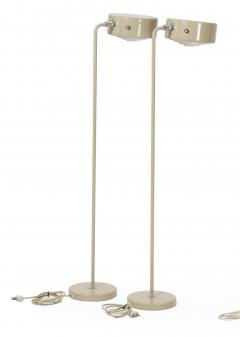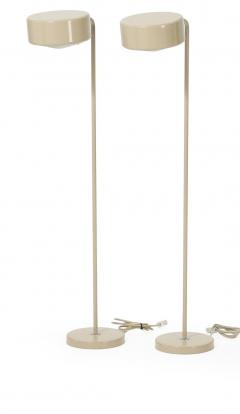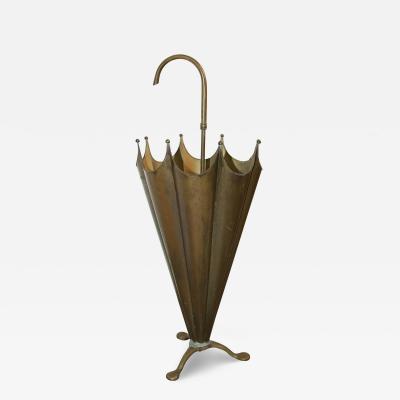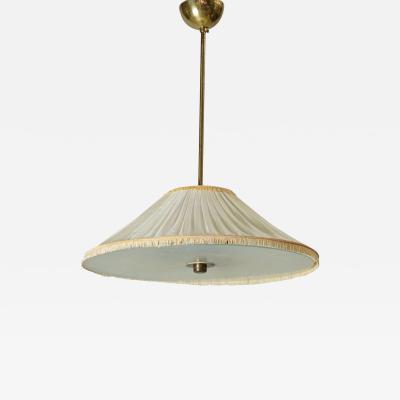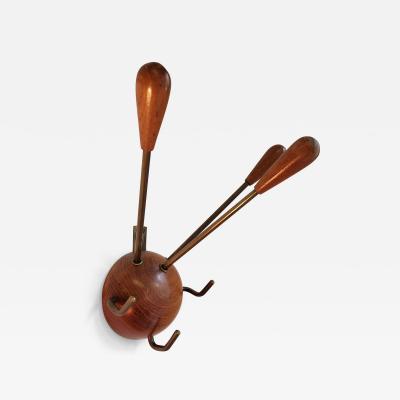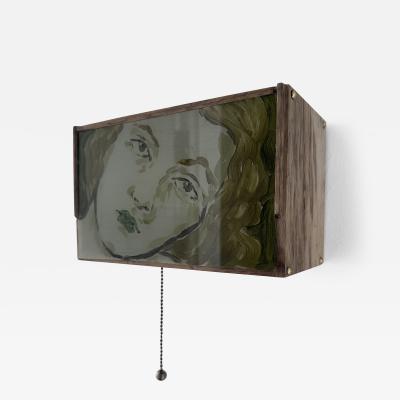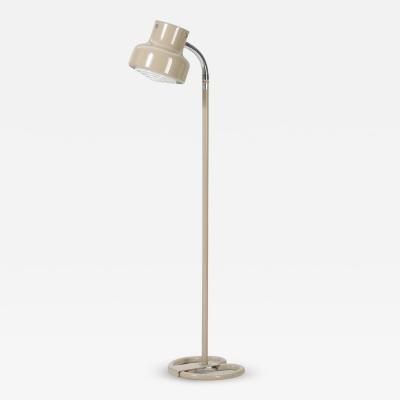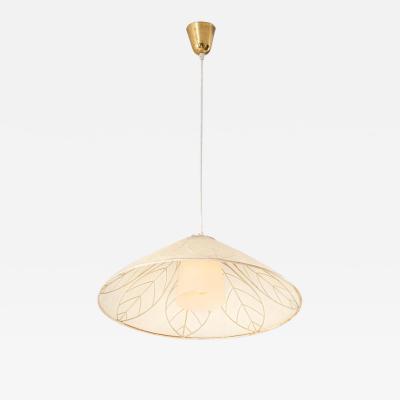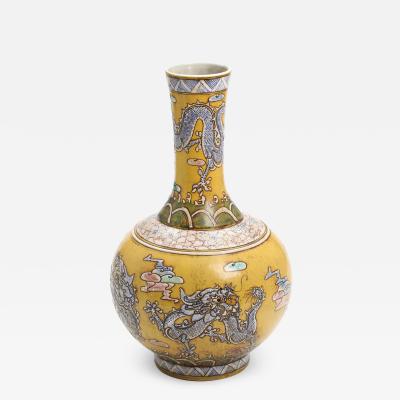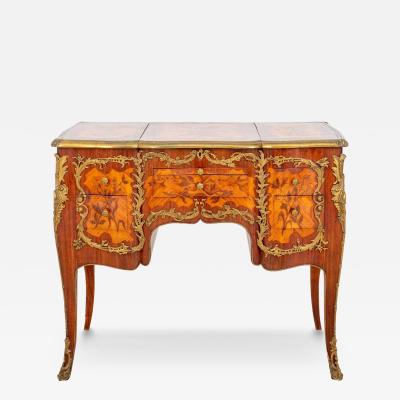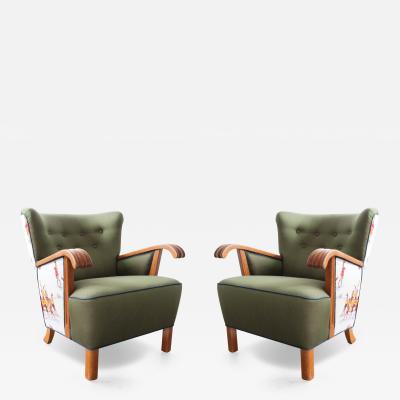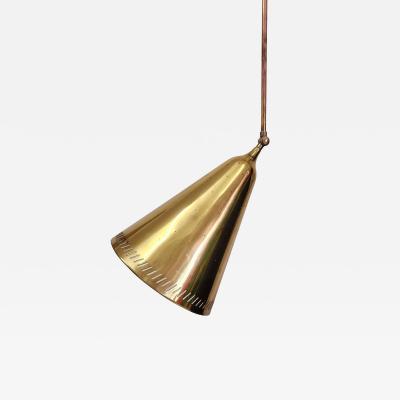I have a stunning pair of reading lamps made by Atelje Lyktan in Sweden, dated 1968. The adjustable pan head swivels and features two candelabra bulbs, covered by a metal diffuser that beautifully refracts the light. With three light settings (lamp A, lamp B, or both), these lamps are lacquered in a lovely creamy taupe and are in excellent condition for being over 50 years old! Perfect for reading.
42" H x 10.5" W x 15" D
The Swedish word “stekpannan” translates to "frying pan" and is a perfectly whimsical name for this modern lamp that will make you smile.
Swedish designer K. Anders Pehrson, born in 1912 in Gothenburg, initially studied engineering in his hometown. He joined Philips in 1952 as a Design Manager, a role he held until 1963.
In 1964, Pehrson took ownership of Ateljé Lyktan, a lighting manufacturer in Åhus, where he also served as Head of Operations and Artistic Director. Following the legacy of Ateljé Lyktan's founder, Hans Bergström, Pehrson focused on enhancing workplace lighting, but with a distinct shift. Unlike Bergström's bespoke approach, Pehrson favored industrial-scale production, promoting the idea that “good lighting is not always lots of light, but always several light sources.” This philosophy led to the creation of extensive lighting collections, or “families,” encouraging customers to build complete sets.
One of Pehrson's notable designs for Ateljé Lyktan was the Bumling ceiling lamp, introduced in 1968. Named after the Swedish word for ‘boulder,’ Bumling was a striking, bright green fixture over half a meter wide. Initially produced in six sizes and various colors, it quickly became popular both in Sweden and abroad. The high demand led Ateljé Lyktan to subcontract additional production. In 1970, following a lighting exhibition in Copenhagen, Pehrson was invited to propose a lighting concept for the 1972 Munich Olympic Games. He developed an indoor lighting scheme featuring the 591 Simris table lamp and the 781 Simris floor lamp. Ateljé Lyktan supplied 16,300 lamps to the Olympic Village, marking the largest order in the company’s history.

















